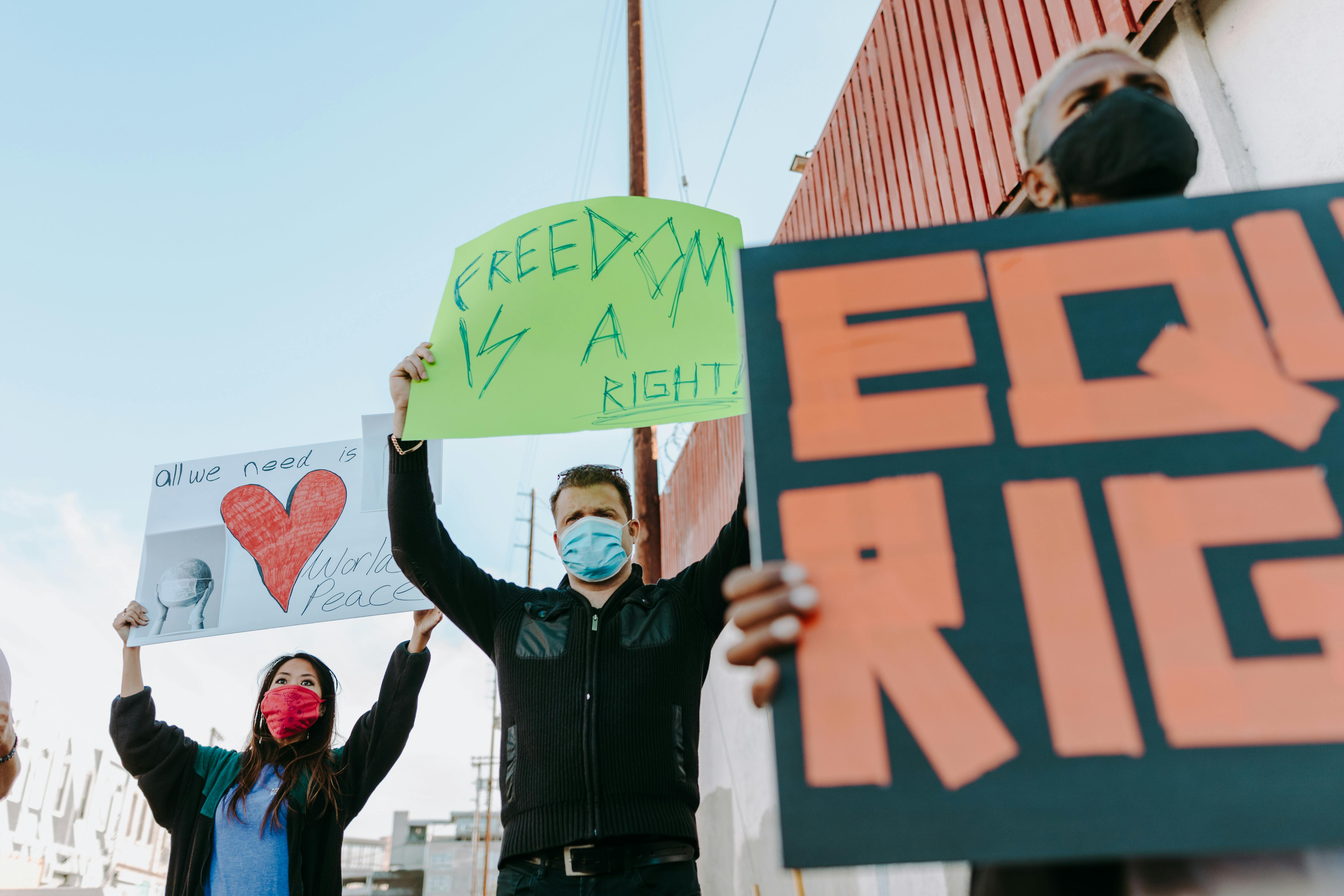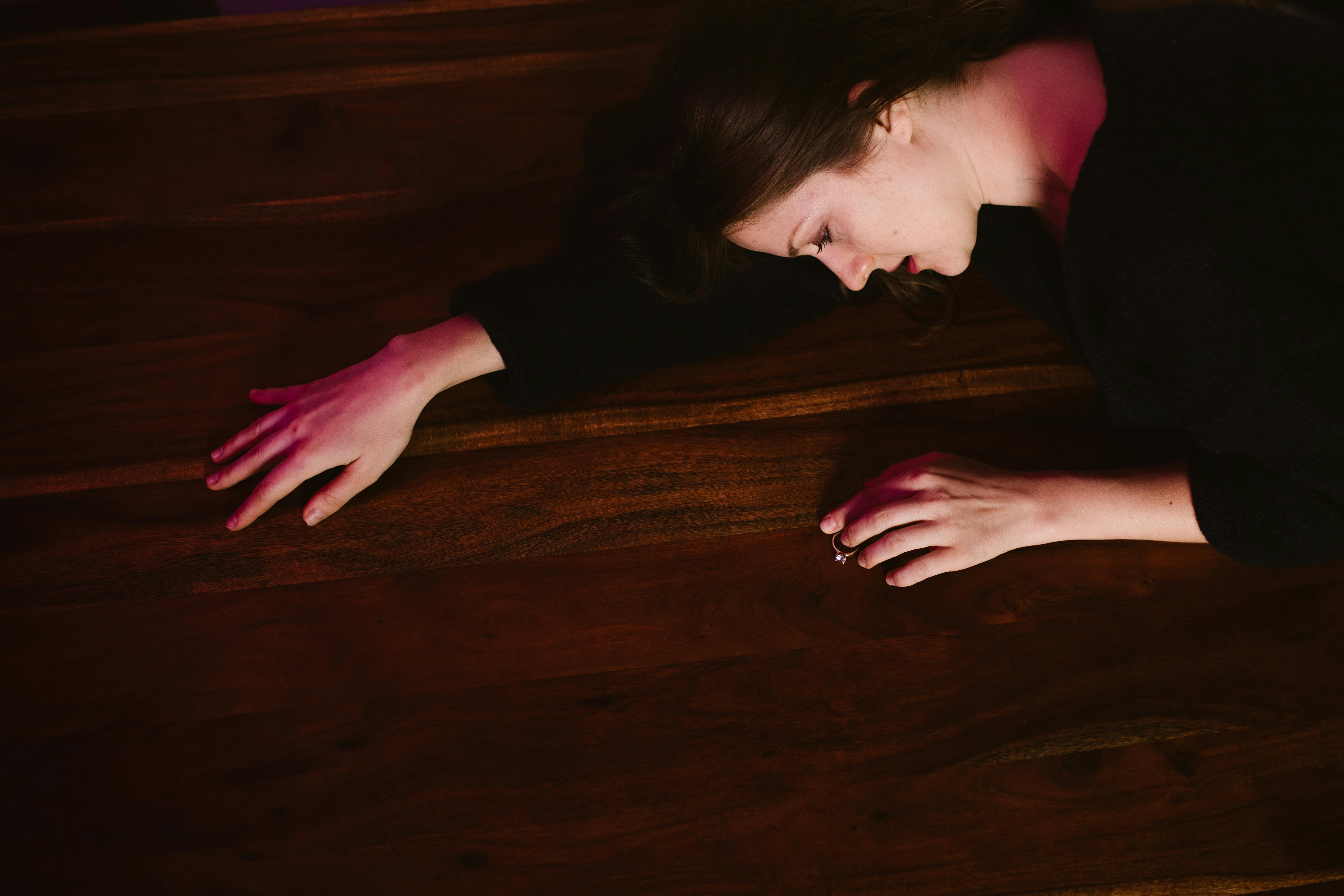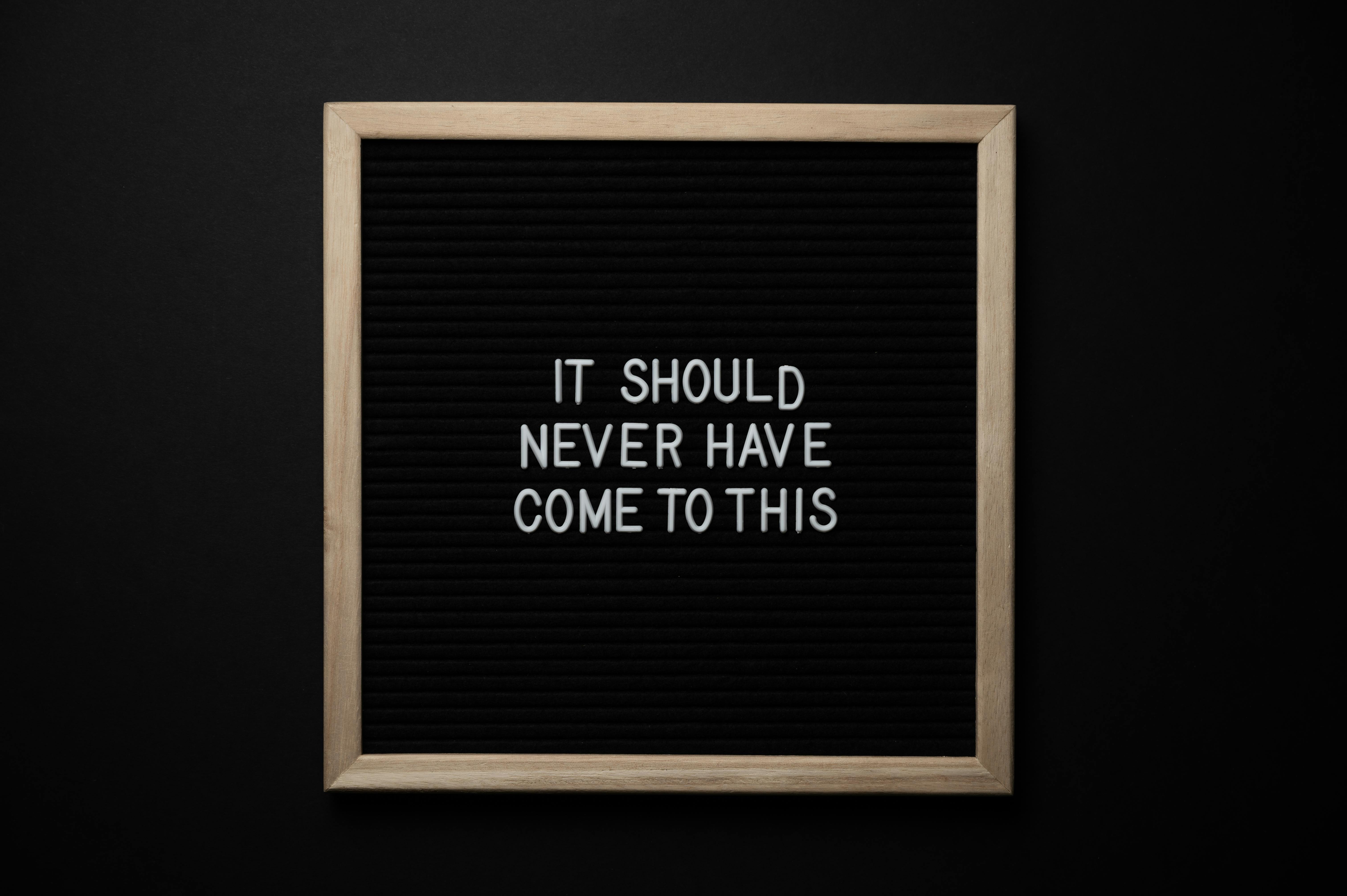The Court of Appeal in the case of Nova Productions Ltd v Mazooma Games Ltd; Nova Productions Ltd v Bell Fruit Games Ltd [2007] has ruled that producing a computer program that emulates another program, without actually copying that program’s code or graphics, does not violate copyright laws. The case is likely to be of great interest (and possible concern) to software developers, as well as copyright owners of computer programs.
Commenters believe that the purpose of the case is to act as a reminder that it is not, and should not be, copyright infringement simply to use ideas that are expressed in a copyrighted work. Lord Justice Jacob’s conclusion that this would make copyright an instrument of oppression, rather than a means of fostering creativity, is most welcome.
The claimant, Nova Productions, had created a pool-based computer game called ‘Pocket Money’. Nova alleged that Mazooma Games and Bell Fruit Games, both also game producers, had created very similar pool games, ‘Jackpot Pool’ and ‘Trick Shot’. Both games contained similar ideas and features as ‘Pocket Money’. Nova did not suggest that any of the defendants directly copied the ‘Pocket Money’ software code. The High Court accepted that parts of the games may have been “inspired by” Nova, thus holding that there was no copyright infringement.
Nova appealed on the grounds that the animation sequences used in ‘Pocket Money’ amounted to “artistic works” and therefore there would be copyright on the frame sequence. The other similar features in the game were also alleged to be “literary works”, also copyrighted. The artistic copyright claim related to the visual appearance of ‘Pocket Money’, while the literary copyright claim related to the software code and software preparatory design material.
The Court of Appeal held that copyright should not be used to stifle the creation of individual works that are in fact very different. But in addition to its general importance in affirming the scope of copyright protection, the decision is particularly important in relation to two specific points covered in the appeal:
§ If when evaluating the artistic quality of a drawing that is part of a series of frames, as in a cartoon, the differences between the frames can be taken into account as part of the graphic quality. The court held that a series of drawings is merely a series of graphic works, and that putting together a series of still images does not create additional work or copyright protection beyond the still images.
§ The Court of Appeal has affirmed the principle established in Navitaire v Easyjet, that there is no copyright infringement in computer code based on similarities in the visual output of this code. To determine whether literary copyright has been infringed in a computer code, this should be based on a careful analysis of whether the code itself has been copied, rather than an analysis of whether there is any visual similarity in the output of that program. .



